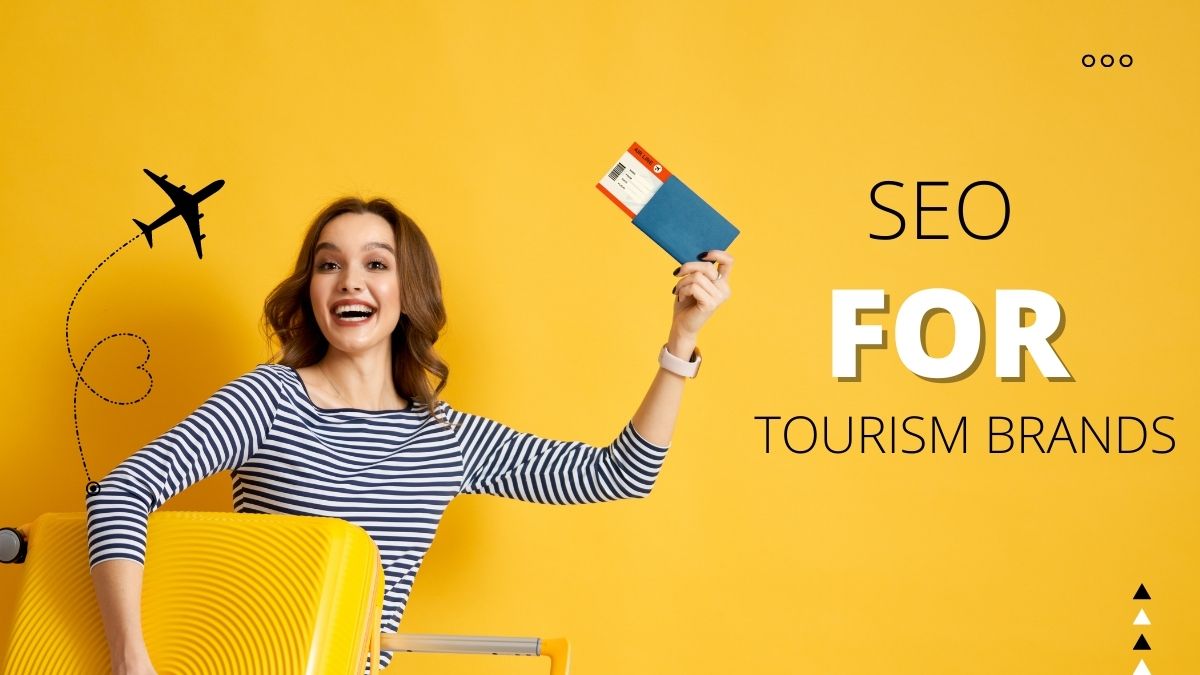
We are all aware that the last two years have been exceptionally difficult for travel and tourism, from the largest corporations to small local businesses.
Most have focused on surviving long enough to benefit from the brief periods when consumers were willing and able to venture outside of their own towns or cities.
However, the travel and tourism industry is nothing if not tenacious. And, with road travel in the United States returning to pre-pandemic levels over the Thanksgiving holiday, there’s no better time for brands to invest in a revamped SEO strategy.
Consumers are already planning their next vacations. So, how do you ensure that your company is the first one they see?
What Is the Future of DMOs?
Attracting out-of-town visitors to a large metropolitan area has long been the primary source of revenue for destination marketing organizations (DMOs).
However, due to state-based lockdowns, organizations such as Visit Philadelphia and Destination DC took a revolutionary approach to marketing in early 2021, shifting their focus and attention to customers on their doorsteps who had previously been largely ignored: locals.
DMOs were able to turn an otherwise disastrous situation into widespread hometown pride and a critical revenue driver as local tourists looked for ways to staycation and explore closer to home by celebrating everything local.
Optimizing content for terms such as “what to do in [city] this weekend” or “best things to do with kids in [city]” remains an effective SEO strategy for DMOs.
Try free Article Rewriter, Keywords Suggestion Tool, and Backlink Checker.
By employing activity-based terminology, the emphasis remains on individual attractions and experiences that drive traffic to both the DMO site and those of their partner organizations, such as museums and restaurants.
This type of content has the potential to rank for extended periods of time and across multiple audiences and query sets, making it easily evergreen.
The number of young families looking for activities near their home is likely to be large, especially for city-based businesses, as well as individuals looking for a fun night out with friends at a new bar or restaurant.
Keep in mind that tourists do not always have to be from out of town. Adopting a local SEO strategy is a wise decision, especially since we don’t know what’s around the corner in terms of pandemic-related travel.
Focusing on your local audience first, with content that can also serve as a resource for visitors from further afield, will provide you with a significant SEO boost in the long run.
Improving Your Tour or Experience Brand’s Rankings
You may be wondering, as a tour or experience company, how you can create content around these popular activity-based keywords without promoting your competitors.
Solution-focused searches are the answer.
While these two approaches sound similar, and there is some overlap, the main difference is what the user is trying to accomplish.
Consider the following breakdown:
- Activity-based – in a broader sense, the user isn’t sure what they want to do or see and is looking for a variety of options from which to choose.
- Solution-based – more focused and niche, users are looking for an answer to a very specific question or problem.
Regardless of the size or scale of your tour or experience company, the individual experiences or travel products that you offer are almost certainly tailored to a specific group of people.
For example, your company could provide tours of various locations within the same city, but each tour is tailored to a specific interest, such as local history, wine tasting, or a deep dive into a specific period of art.
Use each of these specific needs and audiences in your optimization – rather than trying to capture everyone with broad phrasing like a DMO, be as specific as possible with keywords like “see the Philadelphia art museum with an expert guide” or “best ways to see historic homes in Savannah.”
Read 57 SEO Insights From Google’s John Mueller.
To learn more about creating keyword lists, read How to Do Keyword Research for SEO: The Ultimate Guide.
Consider integrating your content experience with a tool like Google Tag Manager to view search terms in real-time and serve up relevant content to interested users.
Tours and experiences are frequently booked on the spur of the moment, often less than 24 hours before the event, so it’s critical to keep your content flexible and adaptable as you continue your SEO efforts.
Larger travel companies will want to ensure that their enterprise SEO strategy has kept up with recent search developments and changing consumer behavior.
Multi-location travel companies will want to ensure that their local SEO is consistent across the board.
SEO for Travel Ecommerce Companies
It’s easy to overlook the fact that when no one is traveling, no one is using travel-related products.
However, with a recent report indicating that 40% of consumers intend to pack their belongings and travel before the end of the year, sales of suitcases, packing accessories, and road trip essentials are already seeing significant increases in sales over the same period in 2020.
Because your audience may have been away for a while, optimizing your content with product and solution keywords is a great way to remind them of what your product does and the problems it solves.
Phrases such as “best suitcases for a cross-country road trip” or “packing cubes for a small carry-on bag” clearly identify a consumer issue or need, which you can then address in your site copy.
Consider creating content that is specifically aimed at on-the-go travelers, last-minute planners, or those who are already on vacation.
Cadence, a travel capsule company, excels at this, optimizing for phrases such as “best leak-proof travel capsules.” Nobody wants to arrive at their destination only to discover that their shampoo has exploded all over their clothes.
Consider how you could apply this approach to your own marketing – where else might your users be looking for travel accessories or solutions to a very specific product-focused problem?
The more targeted your content optimization can be, the better.
Finally, there are opportunities for travel and tourism brands to meet users where they are and solve their problems.
Travel and tourism brands are well-positioned to attract users from all angles and at all stages of the planning and traveling experience by combining SEO efforts with additional digital opportunities such as social media advertising and digital PR.
If there’s one thing we’ve learned recently, it’s that flexibility and agility are critical to business survival and success, especially in volatile industries.
By incorporating this approach into your SEO strategy, you will be putting yourself in a strong position to weather any storm that may arise.
Learn more from SEO and read 7 Local SEO Updates for 2021 That Will Impact Your Strategy.





2 Comments